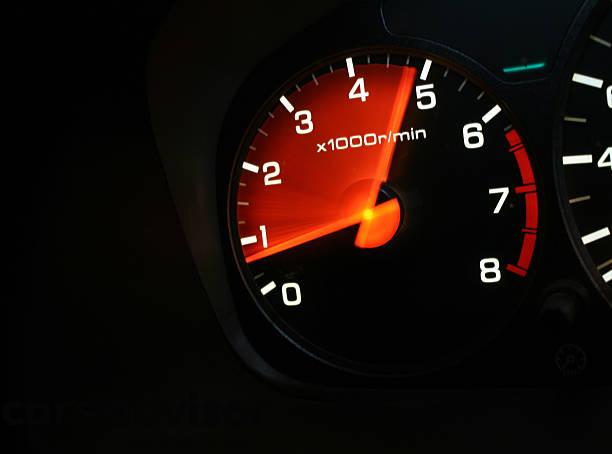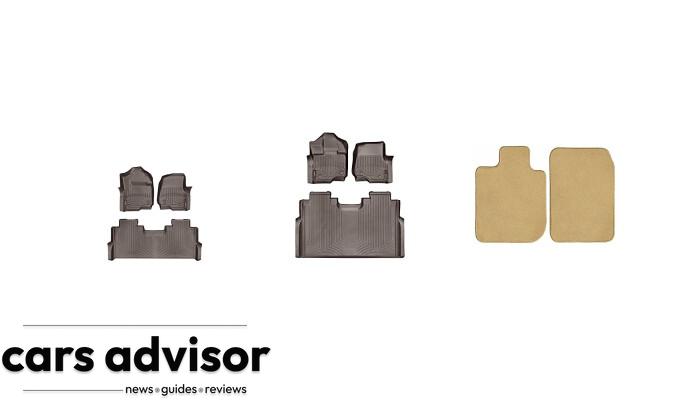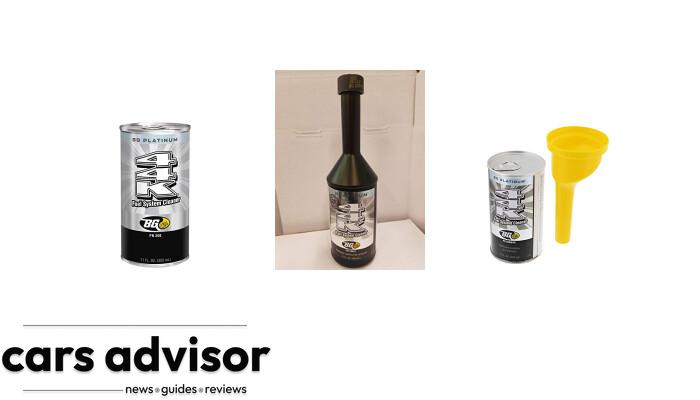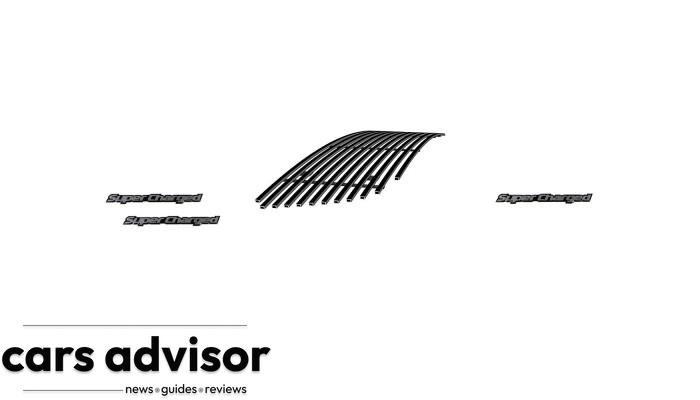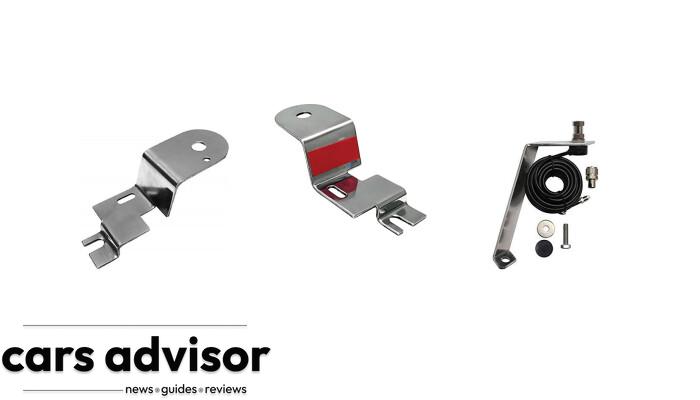TLDR
1. A common cause of a car revving on its own is an engine misfire, where one or more cylinders don’t fire properly. 2. A faulty ignition system can also cause a car to rev on its own, which can be tested by checking the spark plugs. 3. A sudden increase in engine power could be the root cause of a car revving on its own, which could be due to a problem with the throttle body. 4. The degradation of the idle speed control system is the main reason why a car may rev up on its own when stationary. 5. A dirty or failing idle air control valve may cause a car to rev by itself when idle, and the car may jerk. 6. Rough idle issues could cause a car to rev in the park, and this may be due to a bad oxygen or O2 sensor. 7. A dirty mass air flow sensor or a dirty/sticking throttle body could cause a car to rev high on its own idling up and down. 8. The faster a car goes and the higher the RPMs, the more fuel it will burn and the more work will be required of the engine. 9. A car may rev on its own in neutral or after an oil change. 10. Diesel engines can also experience revving on their own.Understanding The Phenomenon Of A Car Revving On Its Own
Car engines are intricate machines, and any number of factors could lead to the unsettling phenomenon of a car revving on its own. The issue may manifest either when the vehicle is stationary or while driving, presenting not only as a frustrating annoyance but also as a potential safety hazard. To better understand why this might be happening, it’s essential to grasp how various components within your engine work together to ensure smooth acceleration and idling. One critical component that contributes to proper idling is the idle air control valve (IACV), responsible for maintaining RPMs when no pressure is applied to the gas pedal. A malfunctioning IACV can lead to irregular airflow during idle conditions, which in turn causes jerking or unintentional revving. Similarly, issues with other components like throttle body valves or mass air flow sensors can disrupt power distribution and result in over-revving at unexpected intervals. Vacuum leaks within an engine’s air intake system might also play a part by allowing unmetered air into the mixture, causing erratic behavior during both normal operation and shifting gears. Understanding these core mechanical issues allows insight into why your car might be revving on its own without driver input – whether due to contamination around key parts such as dirty valves or faulty fuel lines – offering necessary context for diagnosing and addressing the problem before more significant damage occurs. As with many automotive concerns, early detection paired with professional diagnostics remains crucial in ensuring that you maintain reliable engine performance without sacrificing safety on today’s busy roads.Can Faulty Sensors Cause a Car to Rev on its Own?
Faulty sensors causing car failure can indeed make a car rev on its own. When sensors malfunction, they may send incorrect signals to the car’s engine control unit (ECU). This, in turn, can lead to unexpected acceleration, causing the car to rev spontaneously without the driver’s input. Such situations can be dangerous and require immediate attention to ensure the safety of both the driver and others on the road.
Common Causes Of A Car Revving On Its Own
There are a variety of causes that can make your car rev on its own, including malfunctioning throttle body, vacuum leaks, faulty idle air control valve, dirty or clogged air filter and malfunctioning torque converter. Keep reading to learn more about how to diagnose and fix this issue.Malfunctioning Throttle Body
A malfunctioning throttle body is a common cause of a car revving on its own. The throttle body controls the amount of air flowing into the engine, which in turn determines the power output and speed of the vehicle. If it is not functioning correctly, it can create an imbalance in the air-fuel ratio and cause an increase in RPMs. This can also result in rough idling or hesitation while driving. Malfunctioning throttle bodies can be caused by various factors, including wear and tear, dirt accumulation, or electrical failure. Symptoms include unresponsive gas pedal or sudden acceleration when driving at a constant speed. It’s essential to get your throttle body checked regularly as part of your routine car maintenance to avoid unexpected issues on the road. If you suspect that your car’s revving could be due to a faulty throttle body valve, have it checked by a mechanic immediately. Ignoring this issue could lead to severe engine damage over time and potentially leave you stranded on the side of the road unexpectedly.Vacuum Leaks
Another common cause of a car revving on its own is vacuum leaks. Vacuum leaks refer to uncontrolled amounts of air entering the engine through cracks, damaged hoses or gaskets, causing an imbalance in fuel and air ratio that leads to idle problems. Vacuum leaks can lead to rough idling or even stalling. Detecting vacuum leak issues require careful inspection by a mechanic using diagnostic tools such as smoke machine testers that help in identifying small breaks in the lube system. These tests can detect major cracks and holes creating high-pressure zones that mess with operations. If you suspect your car has a vacuum leak, it’s important to get it checked out right away before bigger problems arise like abnormal noise when accelerating, hesitation during acceleration or screeching noises while driving.Faulty Idle Air Control Valve
One of the most common reasons why a car revs on its own is due to a faulty Idle Air Control (IAC) valve. This critical component controls the flow of air into the engine while idling and maintains a steady RPM level. If it becomes dirty, fails or sticks, then it can create problems with idle speed control, causing your car’s engine to rev up uncontrollably when stationary. The IAC valve can accumulate dirt and carbon deposits over time, which leads to blockages in airflow channels resulting in erratic idle speeds. To fix this issue, you may need to clean or replace the IAC valve depending on the severity of the damage. Other causes of IAC errors include leaky vacuum hoses that let unregulated air into intake manifold causing erratic idles and unwanted reving. In conclusion, if your car keeps revving on its own even when stationary or jerking at low speeds while driving then there might be an issue with your Idle Air Control Valve. It’s important not to ignore these issues and have them addressed as soon as possible by a qualified mechanic for optimal performance and safety of your vehicle.Dirty Or Clogged Air Filter
When the air filter of your car is dirty or clogged, it can cause the engine to rev on its own. The air filter’s job is to keep dirt and debris away from the engine, but when it gets dirty or clogged, it can prevent proper airflow into the engine. This lack of air causes an imbalance in the fuel-air mixture and makes the engine work harder than usual. A dirty or clogged air filter can also affect your car’s acceleration by restricting airflow to the engine during sudden bursts of power. This can reduce your vehicle’s power output, causing changes in RPMs and slow acceleration. To fix this issue, you need to replace your car’s air filter every 12 months or around every 12,000 miles. In summary, a dirty or clogged air filter is one of many potential reasons why a car may start revving on its own. Make sure that you check and replace your car’s air filter regularly to ensure that you have good airflow going into your vehicle’s engine for optimal performance!Malfunctioning Torque Converter
A malfunctioning torque converter can also cause a car to rev on its own. The torque converter is responsible for transmitting power from the engine to the transmission, and if it’s not functioning properly, it can lead to issues with shifting gears or even stalling. One common symptom of a faulty torque converter is a high engine RPM at idle. This may be accompanied by unusual noises from the engine or hesitation and stalling while driving. If you suspect that your car’s torque converter is malfunctioning, it’s important to have it checked out by a mechanic as soon as possible. Ignoring the issue could lead to more serious problems down the line, including complete transmission failure. In some cases, replacing the torque converter may be necessary in order to resolve the problem and prevent future issues with your vehicle’s performance. In summary, a malfunctioning torque converter can contribute to a car revving on its own, leading to poor performance and potential damage over time. If you’re experiencing any symptoms of this issue, make sure to bring your vehicle in for diagnostic testing and potential repairs right away.Symptoms Of A Car Revving On Its Own
Symptoms of a car revving on its own include high engine RPM at idle, unstable engine idle speed, hesitation and stalling while driving, unusual noises from the engine, and increased fuel consumption. Keep reading to learn more about how to diagnose and fix this issue.High Engine RPM At Idle
One of the most noticeable symptoms of a car revving on its own is having high engine RPM at idle. This means that even when the car is stationary, the engine speed increases beyond what it should be. A common cause of this issue is a malfunctioning throttle body valve. When this component fails or gets dirty, it may not open and close properly causing an increase in engine power. Another possible culprit for high engine RPM at idle is vacuum leaks. These are gaps or holes in the air intake system that allow unwanted air to enter into the engine, making it work harder than usual and causing a rise in RPMs. Dirty or failing mass airflow sensors can also contribute to this problem by sending incorrect signals to the car’s computer about how much air needs to be taken in for proper combustion. It’s important to address any issues related to high engine RPM at idle as soon as they arise because if left unattended, they could lead to further damage down the line and ultimately cost more money in repairs.Unstable Engine Idle Speed
Unstable engine idle speed is a common symptom of a car revving on its own. Here are some possible causes:- 1. Malfunctioning idle air control valve
- 2. Dirty or clogged air filter
- 3. Vacuum leaks in the engine
- 4. Faulty throttle body valve
- 5. Sticking or dirty mass air flow sensor
Hesitation And Stalling While Driving
One of the most frustrating symptoms of a car revving on its own is hesitation and stalling while driving. This happens when the engine loses power suddenly, causing the car to slow down or come to a complete stop. It can be dangerous if it occurs at high speeds or in heavy traffic. The problem is often caused by a malfunctioning fuel line that prevents adequate fuel supply to the engine or an issue with the spark plugs that interfere with ignition. Another common cause of hesitation and stalling while driving is a faulty mass air flow (MAF) sensor. The MAF sensor measures incoming air volume, which determines how much fuel should be supplied to maintain optimal performance. When this sensor fails, the engine receives either too little or too much fuel, leading to erratic idle speed and eventual stalling. Regular maintenance such as cleaning or replacing dirty sensors can help prevent this issue from occurring in your car.Unusual Noises From The Engine
Unusual noises from the engine can be another symptom of a car revving on its own. Here are some possible causes of these noises:- Engine knocking – this can occur when there is too much pressure inside the engine, which can cause damage to the bearings or pistons.
- Whistling or hissing sound – this could indicate a vacuum leak, which occurs when air enters the engine at an incorrect point.
- Squealing or screeching sound – this may be due to a loose or damaged belt in the engine system.
- Grinding noise – this could be caused by low oil pressure or metal parts rubbing against each other.
- Rattling noise – this may be due to a loose part in the engine, such as a heat shield or exhaust system component.
Increased Fuel Consumption
A car revving on its own can lead to increased fuel consumption. When the engine RPMs increase, more fuel is burned to keep up with the higher speed. This means that if your car is revving on its own, you may find yourself visiting the gas station more often than usual. In addition to causing a drain on your wallet, increased fuel consumption can also be harmful to the environment. Burning more fuel releases more pollutants into the air, contributing to poor air quality and climate change. To prevent excessive fuel usage due to a car revving on its own, it’s important to identify and fix any underlying issues with your vehicle’s engine as soon as possible. This could include problems like vacuum leaks or malfunctioning throttle bodies which cause engines to burn through gas at an accelerated rate. By addressing these issues quickly, you can help reduce your carbon footprint while saving money in the long run.How To Diagnose And Fix A Car Revving On Its Own
To diagnose and fix a car revving on its own, using an OBD scanner to identify the problem code is the first recommended step, followed by inspecting and replacing any faulty components or cleaning/replacing the air filter. Read on to learn more about how to solve this issue in your car.Use An OBD Scanner To Identify The Problem Code
One of the simplest ways to diagnose and fix a car that’s revving on its own is by using an OBD (On-Board Diagnostics) scanner. This tool can quickly identify the problem code, saving you time and money in repairs. All you need to do is plug in the OBD scanner into your car’s diagnostic port, and it will display any error codes that are causing your engine to behave erratically. For example, if your car has a faulty idle air control valve, the OBD scanner will pick up this error code, alerting you to the issue so that you can take action immediately. Similarly, if there’s a vacuum leak or malfunctioning torque converter causing issues with acceleration or shifting gears, an OBD scanner will help pinpoint these problems. By using an OBD scanner early on when suspecting a problem with your vehicle’s engine functionality saves both cost and time. It helps prioritize other necessary repair for proper maintenance of engines such as oil change scheduling when due promptly – this ensures increased longevity of vehicles engines while avoiding sudden breakdowns during usage.Inspect And Replace Faulty Components
To diagnose and fix a car revving on its own, it may be necessary to inspect and replace faulty components. Here are some steps to take:- Use an OBD scanner to identify the problem code.
- Check the throttle body valve for any signs of damage or malfunctioning.
- Inspect the vacuum lines for leaks or cracks that could be causing an improper air/fuel mixture.
- Test the idle air control valve and replace it if necessary.
- Clean or replace the air filter, which can become clogged with debris over time.
- Adjust the idle speed and throttle position to ensure proper engine performance.
- If all else fails, consider replacing the torque converter as a last resort.




